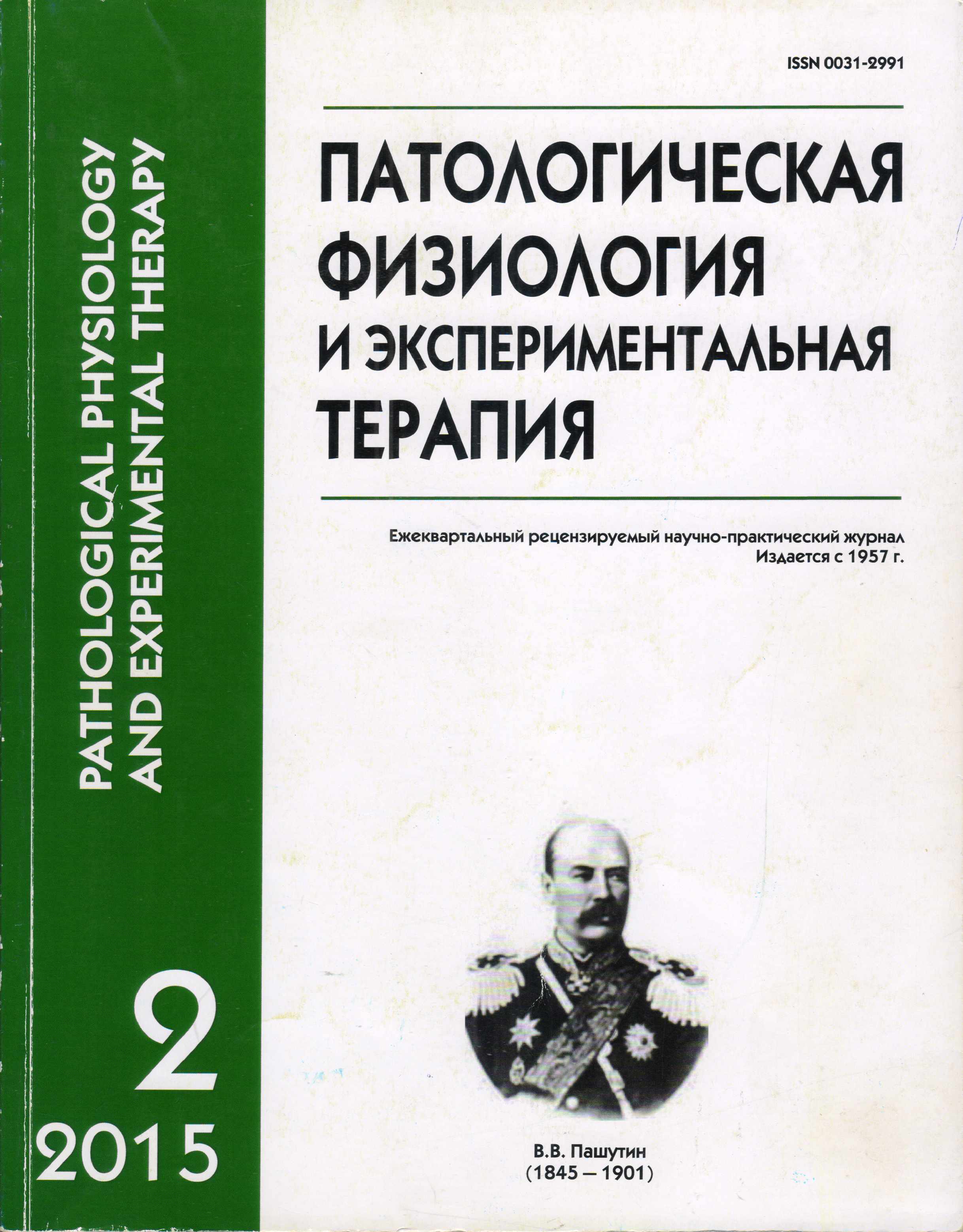SNAI1 and SNAI2 —transcriptional master-regulators of epithelial-mesenchimal transition
Keywords:
epithelial-mesenchymal transition, carcinogenesis, transformation, differentiation, transcription, epigenetics
Abstract
Epithelial-mesenchymal transition is a result of cellular epigenetic reprogramming. During this process differentiated epithelial cells lose specific markers of epithelial phenotype and gradually start displaying qualities of poorly differentiated mesenchymal cells, resistant to apoptosis and capable of local invasion. Despite their obvious importance for biology and medicine, many aspects of epithelial-mesenchymal transition, especially those related to its genetic regulation, remain poorly characterized. In this review we analyze molecular structure and mechanisms of regulation of two closely-related transcription factors SNAI1 and SNAI2, which play an important role in induction and progression of epithelial-mesenchymal transition during both normal development and carcinogenesis. Special attention is paid to the role of SNAI1 and SNAI2 and their active co-repressors in initiation of epigenetic repression of epithelial differentiation marker genes.Downloads
Download data is not yet available.
Published
09-07-2015
How to Cite
Usova E. V., Kopantseva M. R., Egorov V. I., Kopantzev E. P., Sverdlov E. D. SNAI1 and SNAI2 —transcriptional master-regulators of epithelial-mesenchimal transition // Patologicheskaya Fiziologiya i Eksperimental’naya Terapiya (Pathological physiology and experimental therapy). 2015. VOL. 59. № 2. PP. 76–87.
Issue
Section
Reviews






